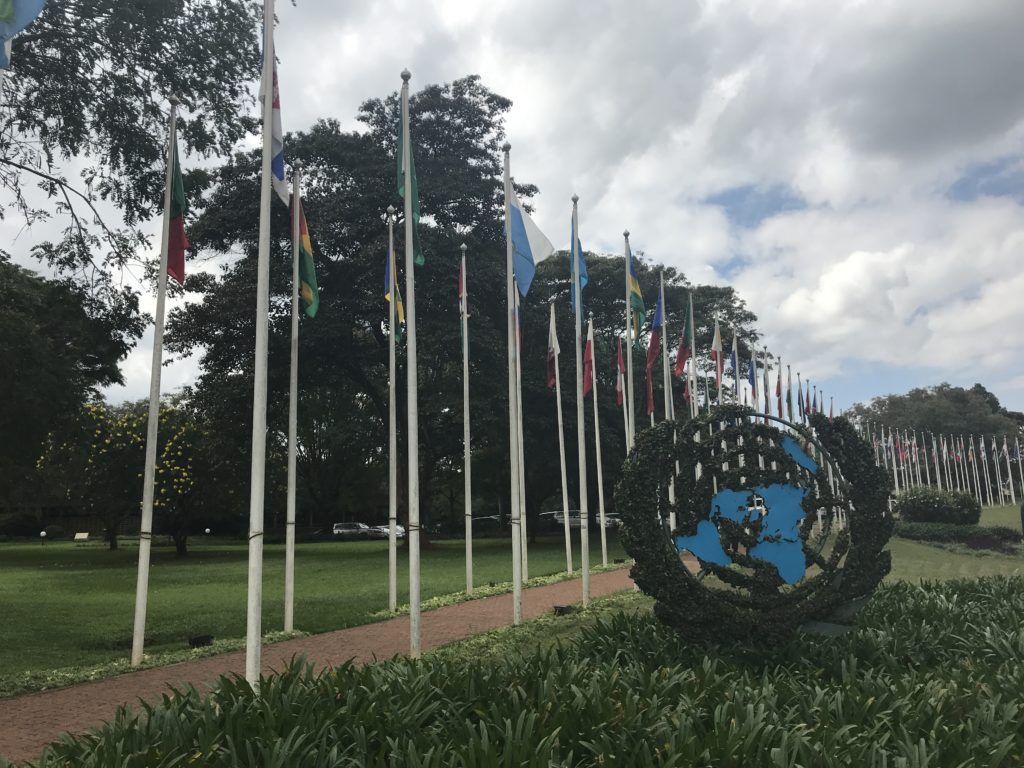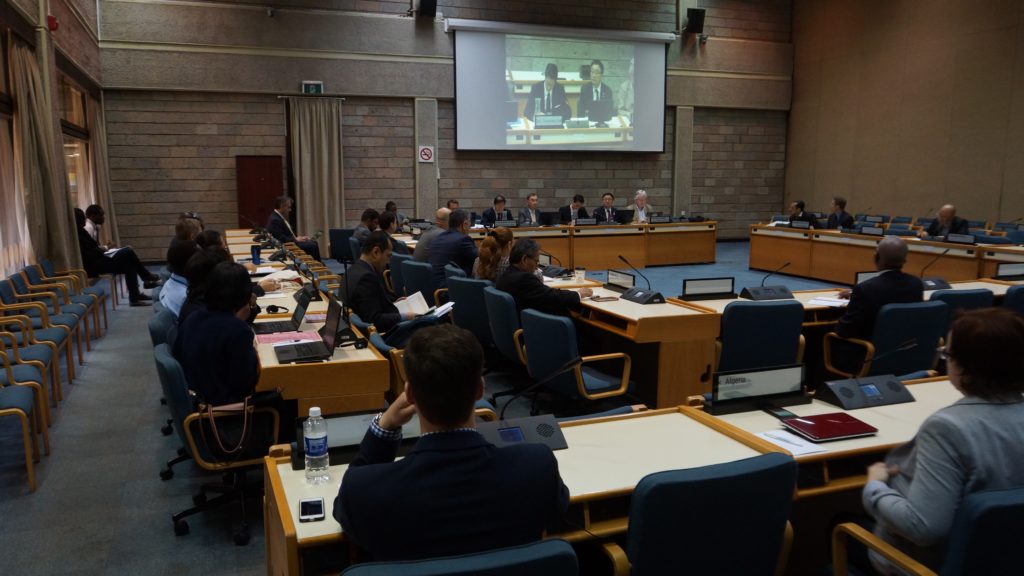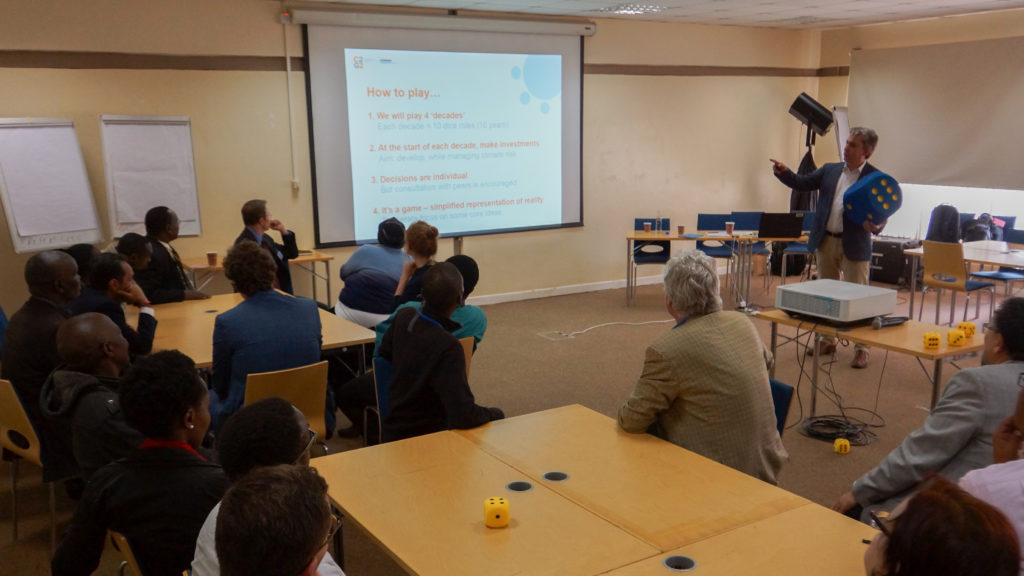Governments’ increasing interest in the governance of geoengineering

This week in Nairobi, C2G2 took its biggest step yet to bringing the governance of carbon removal and solar geoengineering to the international stage.
We spent two days working with Permanent Representatives to the UN Environment Assembly (UNEA), which is the world’s highest level decision-making body on the environment, on the need to design effective governance for these emerging technologies.
On the 22nd of May we briefed Ambassadors and civil society organizations. On the following day we held a more detailed workshop for their advisors. We invited leading experts from the UN system, academia and civil society to share their insights and perspectives.
The full programme, as well as the supporting documents of the Briefing and of the Workshop, are available on UNEP’s website.
When added to a series of bilateral meetings with ambassadors, we feel our concern that the global community needs to consider and learn more about governing carbon removal and solar geoengineering at an international level is echoed, and that UNEA and UNEP would play pivotal roles in this process.
Our initial plan was to catalyse a UNEA resolution by 2019. It now looks like 2021 may be a better fit, because Member States need time to understand the issues and then prepare for actions they may deem appropriate. An interesting idea we will include in the portfolio of options is that geoengineering governance be addressed at future meetings of the High-level Ministerial Forum on the Environment.
For now, a potential timeline looks like this:
- 2018: Chapter on the need for governance of geoengineering in UNEP’s 2018 Frontiers Report;
- 2019: A potential UNEA decision requests the UNEP Executive Director to prepare a substantial assessment of the state of science, the gaps, who is doing what, and to begin an impartial assessment of these emerging technologies, including their potential impact on the Sustainable Development Goals (SDGs);
- 2021: A potential UNEA resolution on Geoengineering Governance.
During the briefing we announced, and on the 24th of May we also released a new C2G2 Report establishing what we know, and what we don’t know, about how Carbon Removal and Solar Geoengineering technologies might affect the SDGs. It is crucial we consider these technologies in light of all the Global Goals.
You can find the report, which was informed by experts from over 20 countries, here. We hope it will be a good basis for further work in this area.
Its key recommendations are:
- More transdisciplinary and geographically diverse research is required on the interconnections between Carbon Removal or Solar Geoengineering technologies and achieving the SDGs.
- Integrated policy impact assessments are needed to understand the potential implications of deploying Carbon Removal and Solar Geoengineering and achieving the SGDs.
- Governance of research and any potential future deployment of Carbon Removal or Solar Geoengineering needs to ensure its support for achieving the SDGs.
During the workshop we also ran an interactive game exploring the questions that arise when one tries to implement solar geoengineering technologies. Participants found it fun and revealing, and it stimulated valuable insights into the balancing development needs with managing climate risk. We plan to provide tools for others to run a similar game over time.
In short, it is clear to us at C2G2 that the time has now come for a serious debate about the international governance of carbon removal and solar geoengineering, including its research. The good news, from what we learned in Nairobi this week, is that many governments already agree we need to consider this seriously.





Encouraging to hear that there is growing attention to the governance challenges posed by Carbon Dioxide Removal and Solar Radiation Management or Solar Geoengineering in light of the potentially far-reaching implications for Climate Action and Sustainable Development in general. Honoured to contribute through our collaboration in preparing the report exploring these implications.